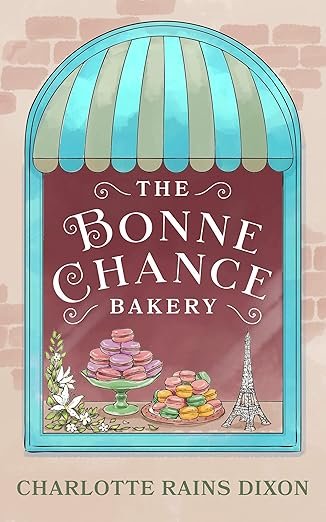Character Arcs in the Movies
In my recent post on character arcs and the Make-up Theory, I talked about how most contemporary fiction–at least fiction that is engrossing–has characters who have character arcs.
The same is true in movies, and I was recently reminded of this. In the last week, I have seen two, count ’em, two movies, one in the theaters and one at home thanks to Netflix. (Two movies is a big deal to me because in the previous six months I’ve watched a couple classic Christmas movies and that is about it. Seems like every weekend we have so much to do that movies never quite figure into the equation.)
The movie I saw at the theater was Atonement. Excuse me while I yawn. I thought the damn thing was a slow, boring slog, overwrought and full of unearned drama. Besides the fact that Keira Knightley cannot act, her character had no character arc. Neither did Robbie, the love of her life, or Briony, her sister, who tells the lie that sets the whole plot, such as it is, in motion.
Maybe it was just bad acting, but I couldn’t see that any of these characters were changed by the events of their lives. Superficially they were, but I’m not convinced there were any changes inside, where it counts. And to paraphrase a popular bumpersticker, "Life’s a bitch, and then you die." That pretty much sums up the whole movie. And can I just say that the time shifts and flashbacks were annoying?
Then I watched Knocked Up which I would have loved if I were 20 years younger. As it was, I enjoyed it. And part of the reason I liked it was that each of the characters have clear character arcs–especially Ben, the character played by Seth Rogen, who goes from a lazy slacker to someone who finally realizes that he must step up and take some responsibilty for the first time in his life.
Ben starts out in one place and ends up in another. It isn’t fancy or even very original, but it is a characer arc and character arcs carry the emotion of the reader or the viewer. Without one, you will be leaving your audience yawning.
